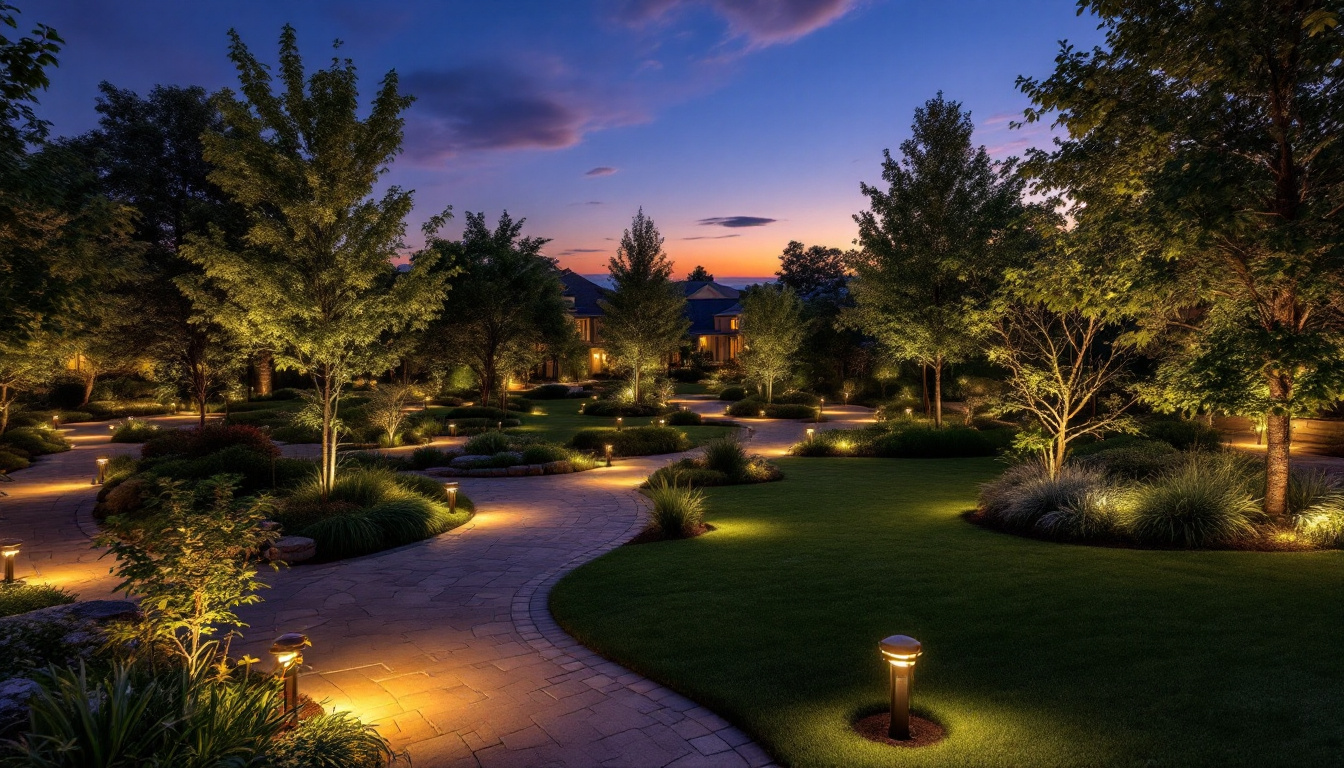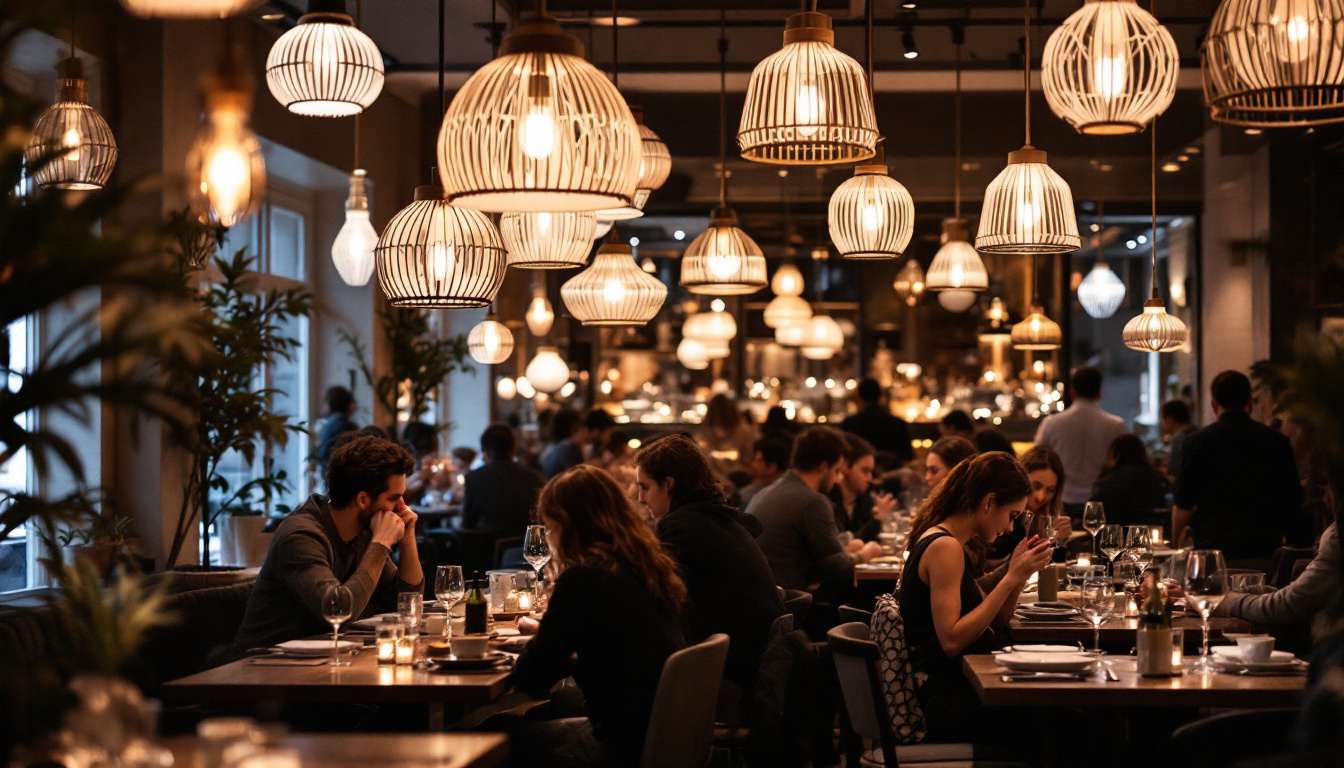
In the ever-evolving world of lighting design, LED technology has revolutionized the way contractors approach their projects. The versatility and efficiency of LED lights, particularly the Led 6 light, have made them a popular choice among professionals. This article aims to provide valuable insights and practical tips for lighting contractors looking to master the use of Led 6 lights in their projects.
Before diving into advanced techniques, it’s essential to grasp the fundamental aspects of Led 6 lights. These fixtures typically feature six individual LED bulbs, which can be used for various applications, from residential to commercial settings. The versatility of Led 6 lights allows them to be installed in a variety of fixtures, including recessed lighting, track lighting, and even decorative sconces, making them a popular choice for both new constructions and renovations.
One of the most significant advantages of Led 6 lights is their energy efficiency. Compared to traditional incandescent or fluorescent bulbs, LEDs consume significantly less power, translating to lower energy bills for clients. Moreover, the lifespan of LED lights far exceeds that of conventional options, often lasting up to 25,000 hours or more. This longevity reduces the frequency of replacements, making them a cost-effective solution in the long run. Additionally, the lower heat output of LED lights means they are safer to use and can help reduce cooling costs in warmer climates, further enhancing their appeal to environmentally conscious consumers.
Color temperature is another critical factor when working with Led 6 lights. These fixtures are available in various color temperatures, ranging from warm white to cool daylight. Understanding the desired ambiance for each project is crucial. For instance, warm white light (around 2700K) is often preferred for residential spaces, creating a cozy atmosphere, while cooler temperatures (5000K and above) are ideal for commercial settings, promoting alertness and productivity. Furthermore, many LED lights now come with adjustable color temperatures, allowing users to customize the lighting to suit different times of day or activities, enhancing both functionality and comfort in any environment.
Light distribution is vital in achieving the desired lighting effect. Led 6 lights come with different beam angles, which determine how the light spreads across a space. A narrow beam angle is suitable for highlighting specific areas, while a wider angle can illuminate larger spaces. Contractors should consider the layout of the area to select the appropriate beam angle, ensuring optimal light coverage and minimizing shadows. Additionally, the use of reflectors and diffusers can further enhance light distribution, allowing for a more uniform spread of illumination. This attention to detail not only improves the aesthetic appeal of a space but also contributes to the overall functionality, especially in areas where tasks require focused lighting, such as kitchens or workspaces.
Proper installation is key to maximizing the performance of Led 6 lights. Following best practices not only ensures safety but also enhances the overall effectiveness of the lighting system.
Before installation, it’s crucial to plan the layout meticulously. This involves assessing the space, determining the purpose of the lighting, and identifying potential obstacles. Creating a lighting plan that outlines fixture placement, spacing, and wiring can significantly streamline the installation process. Additionally, considering the height at which the lights will be mounted can affect light distribution and intensity. For instance, in a workspace, lights should be positioned to minimize shadows and provide even illumination across work surfaces. Utilizing software or design tools can help visualize the layout and make necessary adjustments before physical installation begins.
Investing in quality components is essential for a successful installation. This includes not only the Led 6 lights themselves but also the wiring, connectors, and any additional hardware. Using high-quality materials can prevent future issues, such as flickering lights or electrical failures. Moreover, ensuring compatibility between components can enhance the overall performance of the lighting system. For example, selecting the right driver for your LED lights can optimize energy efficiency and prolong the lifespan of the fixtures. It’s also wise to consider the color temperature of the LEDs, as this can significantly impact the ambiance of the space, influencing everything from productivity in an office to relaxation in a living room.
Safety should always be a top priority during installation. Contractors must adhere to local electrical codes and regulations to ensure the safety of the installation. This includes proper grounding, using circuit breakers, and ensuring that all connections are secure. Additionally, utilizing tools such as voltage testers can help prevent electrical hazards during the installation process. It’s also advisable to wear appropriate personal protective equipment (PPE) and to work with a partner when handling heavy fixtures or working at heights. Regularly reviewing safety protocols and staying updated on any changes in local codes can further enhance the safety of the installation process, ensuring that all measures are taken to protect both the installers and the end-users of the lighting system.
Beyond functionality, Led 6 lights can significantly enhance the aesthetic appeal of a space. Understanding how to leverage their design capabilities can set a contractor apart from the competition.
One effective design technique is to create layers of light. This involves combining ambient, task, and accent lighting to achieve a well-balanced illumination scheme. Led 6 lights can serve as a primary source of ambient light while also being used for task lighting in specific areas, such as kitchens or workspaces. By strategically layering different types of lighting, contractors can create a more dynamic and inviting environment.
Dimming capabilities can greatly enhance the versatility of Led 6 lights. By incorporating dimmers, contractors can allow clients to adjust the brightness according to their preferences and the time of day. This flexibility not only improves the user experience but can also contribute to energy savings. It’s important to select compatible dimmer switches designed for LED lighting to avoid issues such as flickering or buzzing.
In today’s tech-savvy world, integrating smart technology into lighting systems is becoming increasingly popular. Many Led 6 lights are compatible with smart home systems, allowing users to control their lighting remotely through smartphones or voice-activated devices. This feature adds convenience and can be a significant selling point for clients looking for modern solutions.
Conducting routine inspections can help identify potential issues before they escalate. Contractors should check for signs of wear and tear, such as flickering lights or discoloration. Additionally, ensuring that all connections are secure and free from corrosion can prevent electrical problems. Regular cleaning of the fixtures can also improve light output and maintain aesthetic appeal.
Flickering lights, dimming, or complete failure are common issues that may arise with Led 6 lights. Flickering can often be attributed to incompatible dimmer switches or loose connections. In cases of dimming, it’s essential to check the wattage and ensure that the total load does not exceed the fixture’s capacity. If a light fails completely, replacing the bulb or checking the power supply may resolve the issue.
Educating clients about proper maintenance practices can enhance their experience and prolong the life of their lighting systems. Providing simple guidelines on cleaning, checking connections, and recognizing signs of issues can empower clients to take an active role in maintaining their lighting. This proactive approach can lead to greater satisfaction and potentially more referrals for contractors.
The lighting industry is continuously evolving, with new technologies and trends emerging regularly. Staying informed about these changes is essential for contractors looking to remain competitive.
Attending workshops and training sessions can provide valuable insights into the latest advancements in LED technology and lighting design. Many manufacturers offer training programs that cover installation techniques, product features, and design principles. Engaging in these opportunities not only enhances skills but also helps contractors build relationships within the industry.
Networking with other lighting professionals can be an excellent way to share knowledge and experiences. Joining industry associations or attending trade shows can facilitate connections with peers, allowing contractors to exchange ideas and best practices. These interactions can lead to collaborations and partnerships that can benefit all parties involved.
Technological innovations, such as advancements in smart lighting and energy-efficient solutions, are reshaping the industry. Contractors should stay informed about new products and technologies that can enhance their offerings. Subscribing to industry publications, following relevant blogs, and participating in online forums can provide valuable information and insights into emerging trends.
Mastering the use of Led 6 lights requires a combination of technical knowledge, design skills, and ongoing education. By understanding the fundamentals, adhering to best practices, and staying updated with industry trends, lighting contractors can elevate their projects and provide exceptional service to their clients. The versatility and efficiency of Led 6 lights offer endless possibilities for creating beautiful and functional spaces, making them a valuable addition to any lighting contractor’s toolkit.
Ready to take your lighting projects to the next level with Led 6 lights? At LumenWholesale, we provide lighting contractors like you with the highest quality, spec-grade lighting products at prices that can’t be beaten. Say goodbye to local distributor markups and hello to our extensive selection that meets rigorous industry standards. With free shipping on bulk orders, you can stock up on reliable, high-performance lighting without worrying about hidden fees. Elevate your lighting game with the perfect combination of quality, affordability, and convenience. Discover the best value in wholesale lighting by visiting LumenWholesale today.

Discover how the best landscape lighting can give lighting contractors a competitive edge.

Discover the essential do’s and don’ts of selecting restaurant pendant lights with our expert guide for lighting contractors.

Explore how plug-in LED technology is revolutionizing the lighting industry and boosting profits for contractors.

Discover essential tips for lighting contractors in “Post And Light: Avoid These Mistakes.” Learn how to sidestep common pitfalls and enhance your projects with expert advice on installation, design, and maintenance..